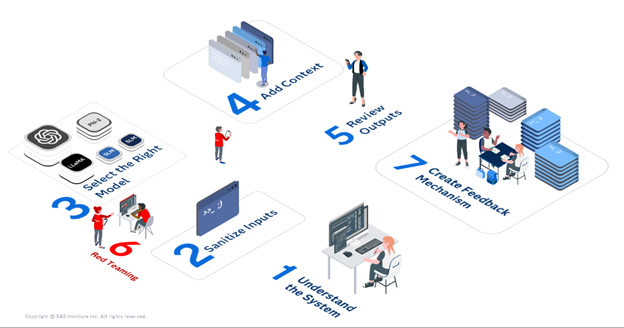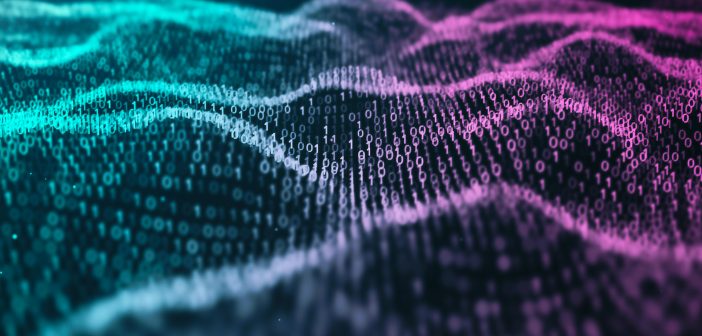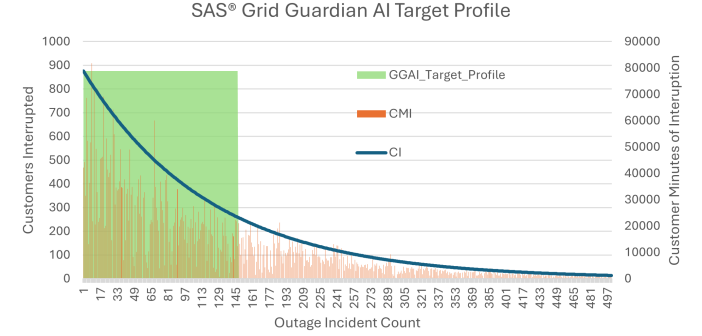
SAS's Ann Kuo walks you through how SAS Tech Support developed an email classifier to clean up spam and misaddressed emails using SAS Viya's NLP-based text classifier

SAS's Ann Kuo walks you through how SAS Tech Support developed an email classifier to clean up spam and misaddressed emails using SAS Viya's NLP-based text classifier

SAS' Sophia Rowland breaks down the roles of each team member in a long-term machine learning project and how they can better combine their efforts to increase efficiency and efficacy

AI is increasingly prevalent in our daily lives, and this trend is unlikely to change anytime soon. This comes with risks, but by understanding these risks, we can build AI systems that mitigate them.

SAS' Natalie Patten shows you the potential of integrating a country classification transformer into data cleansing workflows.

SAS' Mary Osborne, Ali Dixon Ricke, and Franklin Manchester break down what insurers still need to learn about generative AI.

As populations around the world the U.S. continue to grow, both condensing in urban areas and sprawling in more rural areas, the importance of a functioning distribution network for utilities grows proportionally. The complexity and interconnected nature of say, the electric distribution network, is already staggering; one can hardly imagine

SAS' Shawn Romero introduces you to the SAS Payment Integrity for Food Assistance model.

Step behind the scenes to see the role of neural networks in detecting payment fraud.

SAS' Jennifer Hargrove introduces the SAS Medication Adherence Risk model, a way to identify patients at high risk of being non-adherent to their medication therapy so that interventions can be provided to help patients remain adherent.

They say nothing in life is certain other than death and taxes, but there something else I’ve found I can count on from experience: sending out invites for a party on social media only to receive a few affirmative responses and a whole slew of “maybe”. I know my friends